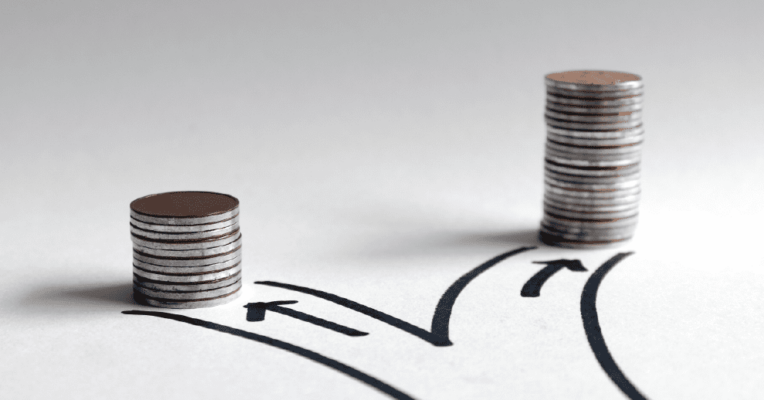The Irrelevance of Dividends
After reporting staggering sales and profit numbers for the recent holiday quarter, Apple recently became the most valuable company in the world, with its $465 billion market capitalization surpassing that of Exxon Mobil. Although both companies are corporate goliaths in their respective industries, the differences between them are considerable. Apple is the gold standard for personal communication and entertainment gadgets, while Exxon is the world’s largest refiner and marketer of petroleum products. A key (but less obvious) difference is the fact that Apple has never in its history paid a dividend to its shareholders, while Exxon has paid and steadily increased its dividend for 29 years.
Many investors view a company’s ability to pay a dividend as a demonstration of financial strength. It is often taken for granted that dividend-paying companies are superior investments to those that do not pay a dividend. This idea, however, has been the subject of debate for decades, and many academics believe it is irrational.
In 1961, Nobel Laureates Merton Miller and Frank Modigliani published a paper that formed the basis for what is now known as the dividend irrelevance theory. They argued that whether or not a company pays dividends should not matter to shareholders because it does not affect their overall returns. Let us explain:
Equity returns have two components: capital gains (price increases) and dividends. Add them together and you get the total return for a stock. Ignoring taxes and transactions costs, a stock that pays no dividend but increases in price by 6% provides the same return as one whose share price rises 4% and pays a 2% dividend.
What is often overlooked is the relationship between share prices and cash dividends. If a company’s stock is trading at $10 and it pays a $1 dividend, its share price will fall to $9 after the dividend is paid. This price drop may not be dollar for dollar, however, because it will be combined with normal fluctuations in the daily markets. The failure to understand this point is the reason so many investors think of dividends as “free money.” Dividend policy simply determines whether investors end up with a share valued at $10, or a share worth $9 plus $1 in cash.
Even when this idea is explained to investors, many refuse to accept it. Researchers in the field of behavioral economics have suggested that it comes down to a cognitive bias called “mental accounting.” Investors categorize $1,000 in dividends as income that they will happily spend, but the idea of selling $1,000 worth of stock is “dipping into capital,” which causes many investors anxiety.
Dimensional Fund Advisors’ Weston Wellington offers a well-worded practical takeaway: “When we exclude firms from our portfolio that pay no dividends today, we may deprive ourselves of the returns associated with the biggest dividend generators of tomorrow.” To be sure, Apple recently reported cash reserves of about $100 billion: a number that has led many pundits to quip that Apple alone could bail out Greece. With so much cash on hand, it is logical to assume that a dividend is soon to follow. But those who have waited to own a dividend-paying Apple have forgone capital appreciation of more than 12,400% since 1997, when the company traded for just $4 per share.




